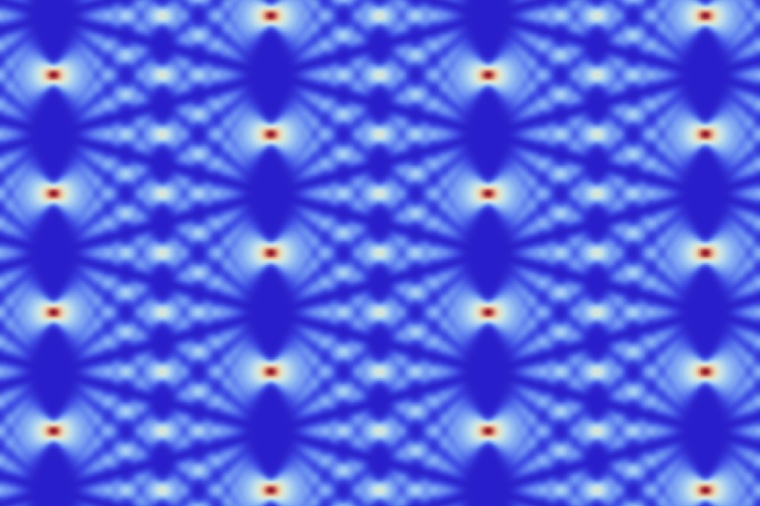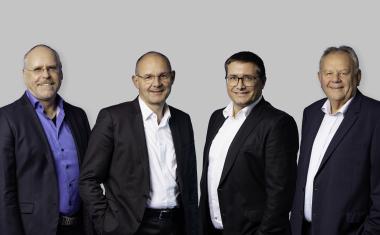Talbot effect for thousands and thousands of qubits
Optical effect advances quantum computing with atomic qubits to a new dimension.
Darmstadt physicists have developed a technique that could overcome one of the biggest hurdles in building a practically-relevant quantum computer. The team led by Malte Schlosser and Gerhard Birkl from the Institute of Applied Physics at Technische Universität Darmstadt make use of an optical effect here discovered by British photo pioneer William Talbot in 1836.

Quantum computers have so far only been prototypes with a maximum of a few hundred qubits. Quantum computers with many thousands, if not several millions, of qubits would be required for practical applications, such as optimizing complex traffic flows. However, adding qubits consumes resources, such as laser output, which has so far hampered the development of quantum computers. The Darmstadt team has now shown how the optical Talbot effect can be used to increase the number of qubits from several hundred to over ten thousand without proportionally requiring additional resources.
Qubits can be realized in different ways. Tech giants such as IBM or Google, for instance, use artificially manufactured superconducting circuit elements. However, individual atoms are also excellent for this purpose. To control these in a targeted manner, single-atom qubits must be held in a regular lattice, similar to a chess board. Physicists usually use an optical lattice of regularly arranged points of light for this, which is formed when laser beams cross each other. “If you want to increase the number of qubits by a certain factor, you also have to correspondingly increase the laser output,” explains Birkl.
His team produces the optical lattice in an innovative way. They shine a laser onto a glass element the size of a fingernail, on which tiny optical lenses are arranged similar to a chess board. Each microlens bundles a small part of the laser beam, thereby creating a plane of focal points, which can hold atoms. Now, the Talbot effect is occurring on top, which has so far been considered a nuisance: the layer of focal points is repeated multiple times at equal intervals – self-images are created. Therefore, an optical lattice in 2D becomes one in 3D with many times the points of light. “We get that for free,” says Malte Schlosser, no additional laser output is required for this.
The high manufacturing precision of microlenses leads to very regularly arranged self-images, which can be used for qubits. The researchers were able to indeed load the additional layers with individual atoms. With the given laser output, 16 of such free layers were created, potentially allowing for more than 10,000 qubits. According to Schlosser, conventional lasers can be used to quadruple the power in the future. “The microlens field can also be optimised further,” explains Birkl, such as by creating more focal points with smaller lenses.
100,000 qubits and more will therefore be possible in the foreseeable future. The scalability in the number of qubits shown by the team represents an important step towards developing practicable quantum computers. Schlosser emphasizes that the technology is not limited to quantum computers. “Our platform could also potentially be applicable to high-precision optical atomic clocks.” The Darmstadt team plans to further develop its new qubit platform and envisages a variety of possible applications in the field of quantum technologies. (Source: TU Darmstadt)
Link: Atoms-Photons-Quanta, Inst. for Applied Physics, TU Darmstadt, Darmstadt, Germany











